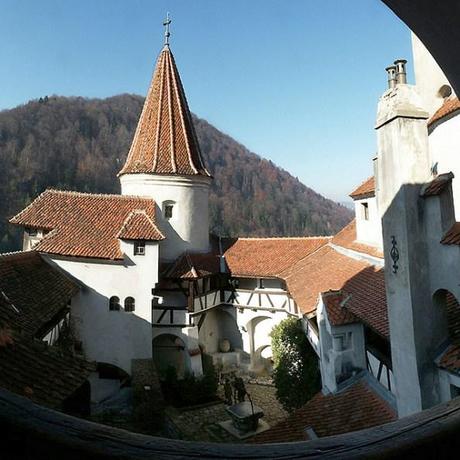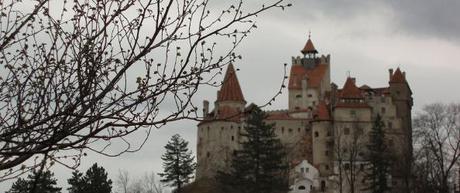One of the 10 most beautiful medieval castles in the world – according to CNN that also selected Bamburgh (England), Neuschwanstein (Germany) and Haut-Koenigsbourg (France) – and also one of the top 10 most expensive estates in the world, the famous fortified Castle of Bran is everything you’d expect Dracula’s Castle to be.
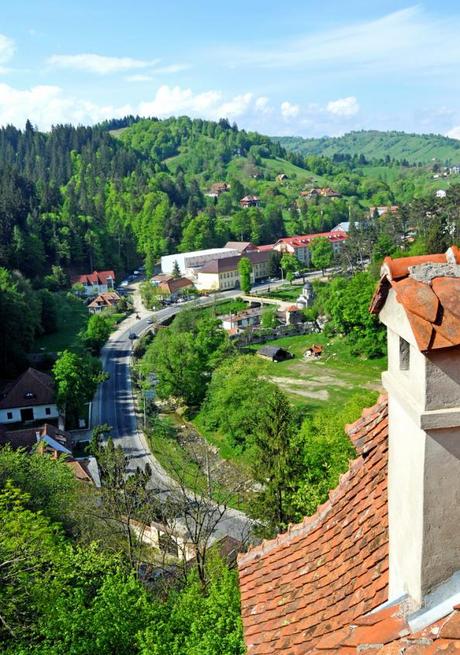
Gloomy edifice perched on a high bed of stone in the midst of Transylvanian forest, with its mock-Gothic towers soaring against the backdrop of the Bucegi mountains, Bran Castle was built between 1377 and 1382 as a military fortress, having a maze of narrow passages and secret staircases. Once the residence of Queen Mary of Romania – the grand-daughter of Queen Victoria, whose heart they say it has been found hidden in the castle in a silver box – it was retroceded in 2006 to the Archduke Dominic Habsburg-Lothringen, the son of Princess Ileana. Three years later the castle has all its patrimony objects (stored by the Ministry of Culture in the newly founded museum of the Medieval Custom of Bran) replaced with new collections brought by the family of the Archduke.
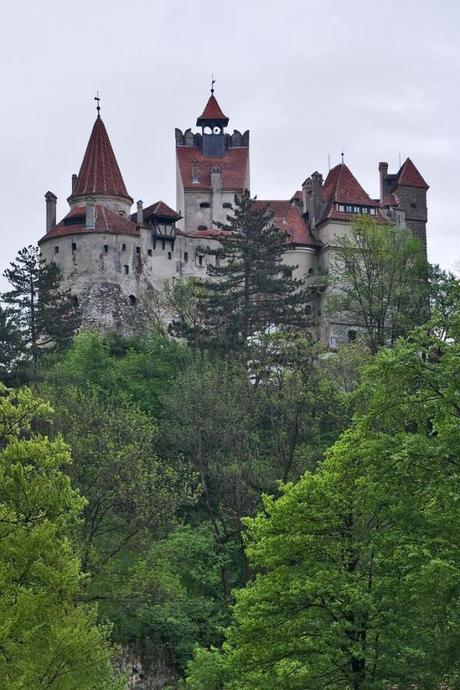
Bran Castle owes its fame not only to its majestic beauty and the uncanny landscape but also to the connections made by the readers of Bram Stoker’s novel, “Dracula”, with its towers and winding labyrinth of corridors. In fact it has very little to do with the Prince Vlad Tepes (the Impaler) who rumours say in the 1400s he once stayed here. Also known as Vlad Dracul, with a well-known all over the world reputation of sadist, the Prince was not believed to be a vampire, but indeed he had an inhuman blood thirst which served as source of inspiration for the novel.
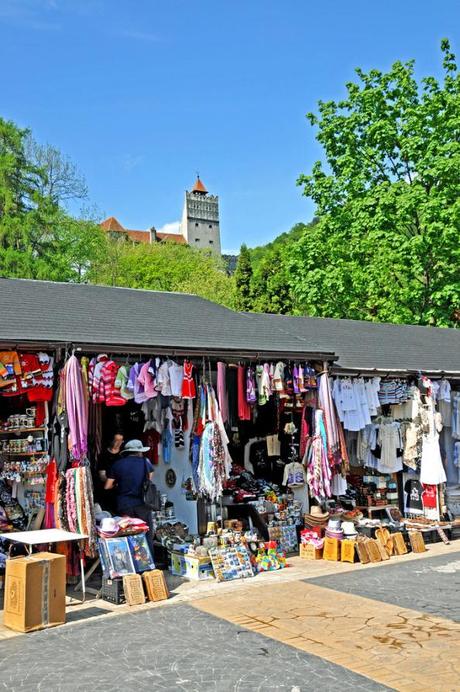
This is how nowadays the mysterious castle reached to be placed on the nineth position in another top ten most frightening Halloween destinations (after Hollywood, Salem, New Orleans, Sleepy Hollow, Edinburgh, Prague, Bermuda’s Triangle, Paris and followed by Moscow) and to be the second most visited museum in Romania. Guests daring to enter the eerie 57 chambers will discover besides the well-preserved architecture, the collections of weaponry, armours and furniture of a museum of Romanian and foreign feudal art from XIV-XIX centuries. It is here where in March 2001, on the occasion of “Tu veneno” tour, the singer Natalia Oreiro filmed for two days the video-clip for “Como te olvido”. The park of the castle is hosting an open-air ethnographic museum. The irresistible selection of themed souvenirs (from dolls to shirts) on display in this country-style-bazaar will be one more temptation for every guest before leaving this legendary place.
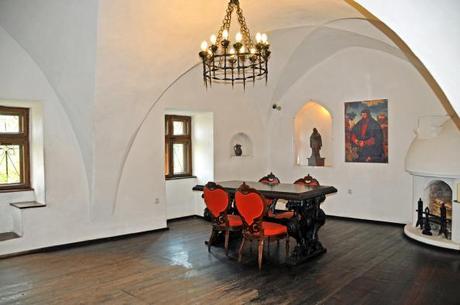
Photos sources:
